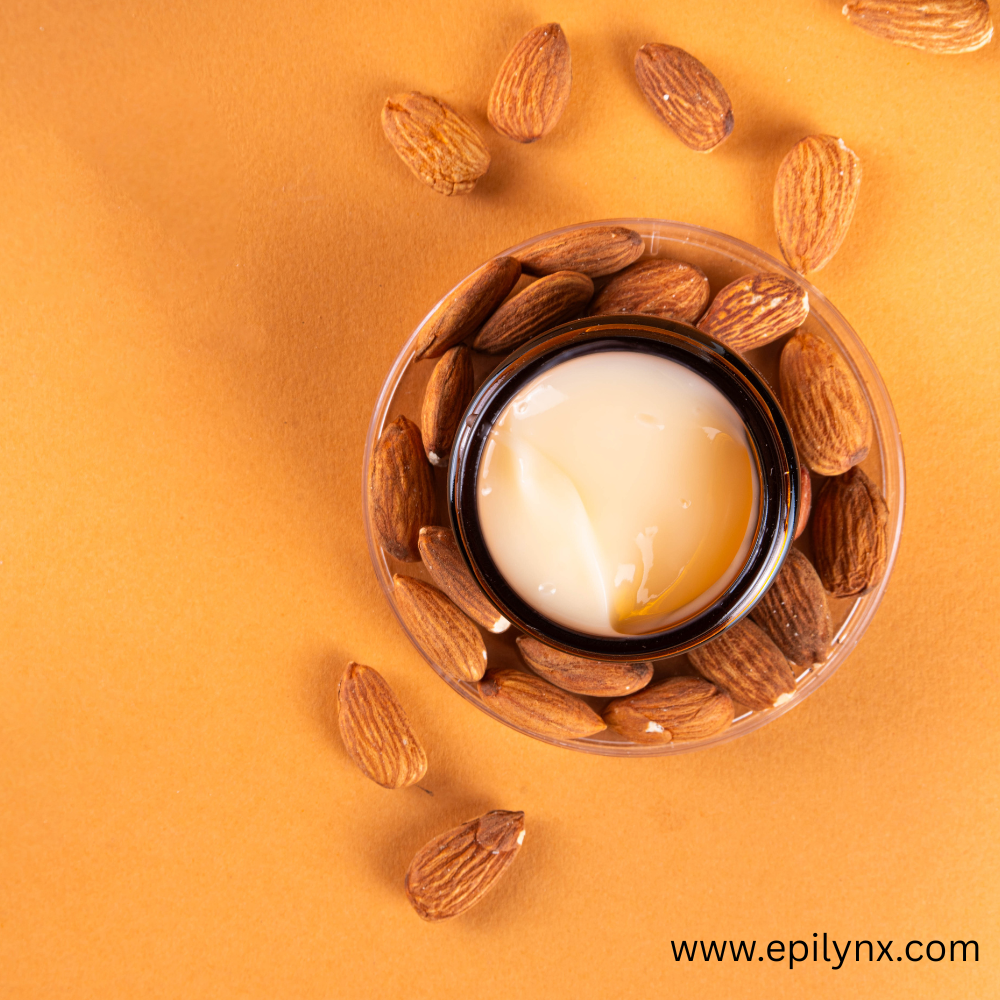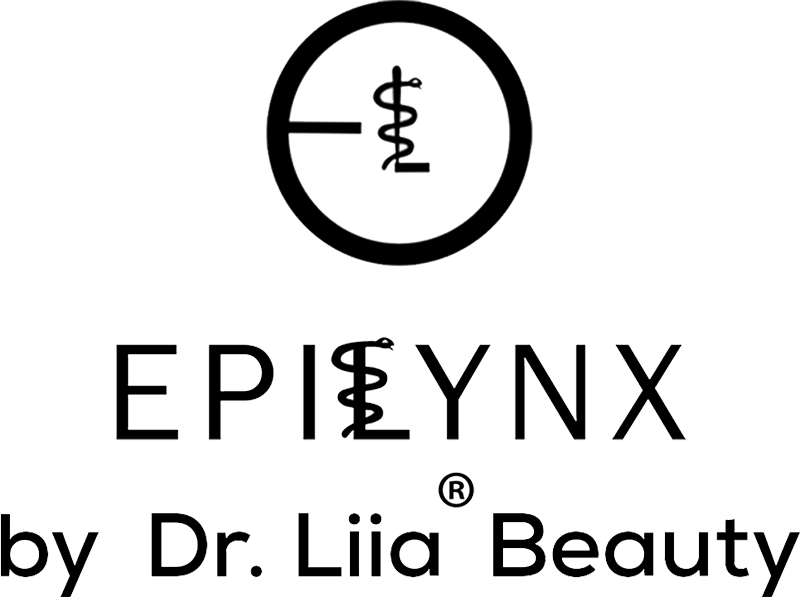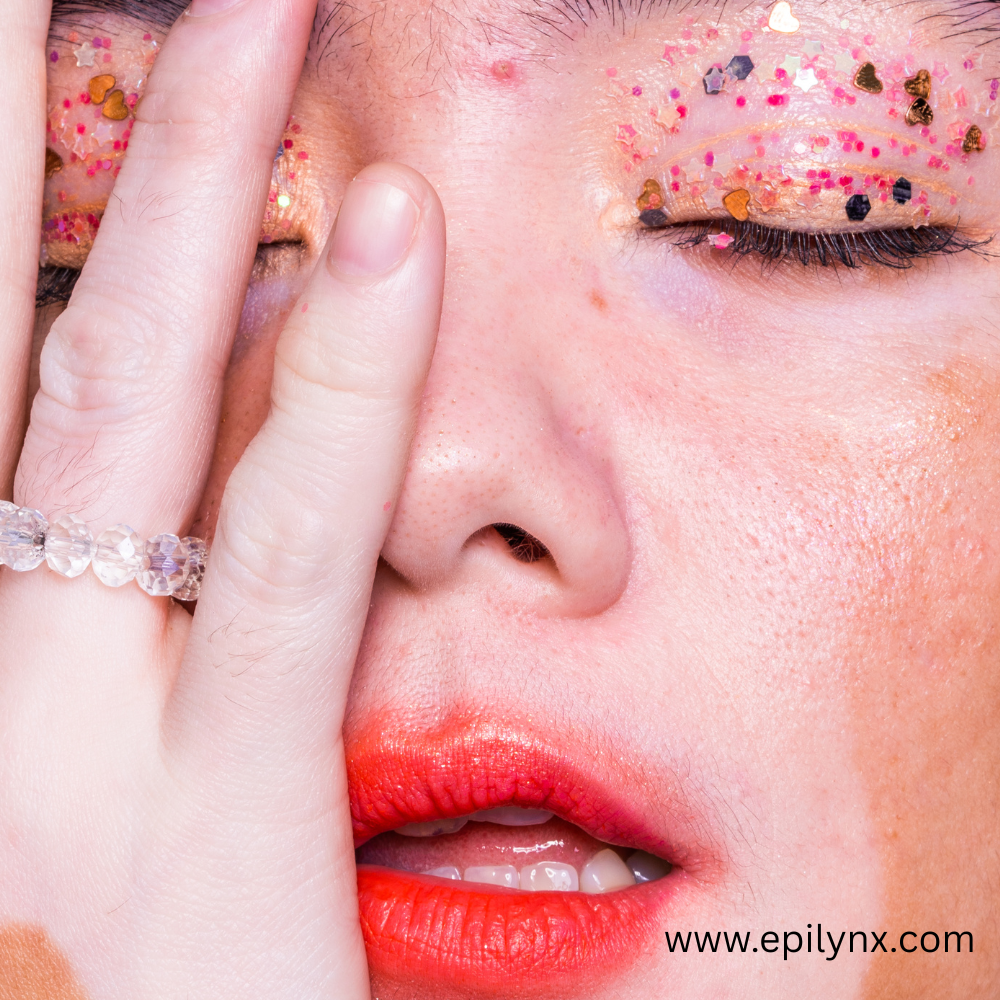Article: 15 Lesser-Known Facts About Nut-Free Skincare: How Science Protects Your Skin Barrier

15 Lesser-Known Facts About Nut-Free Skincare: How Science Protects Your Skin Barrier
Ever wondered why your skin freaks out after using a new face cream? For the 1.8% of people with nut allergies or sensitive skin, hidden allergens like almond oil can wreak havoc. Nut-free beauty and allergy-safe skincare aren’t just for allergy sufferers—they’re a scientific shield for your skin barrier. Packed with surprising facts and chemistry insights, this blog uncovers why hypoallergenic cosmetics are a game-changer. Let’s dive into the fun, geeky world of safe beauty!
1. Your Skin Barrier Is a Picky Gatekeeper
Your skin’s stratum corneum, a lipid-protein matrix, blocks irritants but weakens with allergens. Nut oils, like almond or hazelnut, can disrupt this barrier in 10% of sensitive skin types, per studies. Nut-free skincare uses jojoba oil, which mimics sebum to reinforce lipids, reducing water loss by 25%.
Fun Fact: Your skin barrier is like a fortress—nut allergens are invaders that sneak through tiny cracks, but jojoba oil acts like mortar to seal them!
2. Almond Oil Is a Top Sneaky Allergen
Found in 30% of moisturizers, almond oil is a leading cause of contact dermatitis in nut-allergic kids. Its proteins penetrate micro-abrasions, triggering redness. Allergy-safe face creams opt for sunflower oil, hydrating 20% better without reactions.
Fun Fact: Almond oil’s proteins can linger on skin for hours, like uninvited party guests!
3. Shea Butter Isn’t Always Safe
Shea butter, a tree nut derivative, is in 15% of lotions and can cause reactions in nut-allergic folks. Nut-free cosmetics use mango seed oil, which boosts hydration by 18% without allergenic proteins.
Fun Fact: Mango seed oil smells like summer and tricks your skin into locking in moisture!
4. Fragrances Sabotage Sensitive Skin
Fragrances, even natural ones, are top allergens, affecting 10% of kids’ skin. They bind to skin proteins, sparking immune responses. Hypoallergenic skincare skips scents for fragrance-free calm.
Fun Fact: Your nose loves lavender, but your skin might stage a revolt!
5. Parabens Aren’t the Only Preservative Problem
Parabens irritate 5% of users, but alternatives like MI/MCI can sensitize skin over time. Allergy-safe products use vitamin E, a natural preservative that soothes by 10%.
Fun Fact: Vitamin E is like a superhero, fighting bacteria and calming skin at the same time!
6. Gluten Hides in Moisturizers
Wheat proteins in face creams can trigger rashes in 15% of celiac patients. Nut-free beauty often overlaps with gluten-free, using rice starch to hydrate 25% better.
Fun Fact: Wheat proteins are like gluten’s sneaky cousins, crashing your skincare party!
7. Metals in Makeup Are Secret Irritants
Nickel in eyeshadows or lipsticks causes dermatitis in 17% of women. Hypoallergenic cosmetics use mineral pigments like zinc oxide, reducing inflammation by 15%.
Fun Fact: Nickel’s so sneaky it hides in “natural” mineral makeup—check for metal-free labels!
8. Seed Oils Can Mimic Nut Allergies
Sesame or sunflower oils in lotions can trigger reactions in 1% of people. Allergy-safe skincare uses grape seed oil, which hydrates without cross-reactivity.
Fun Fact: Grape seed oil’s antioxidants make your skin glow like a vineyard at sunrise!
9. Your Skin’s pH Hates Allergens
Allergens shift your skin’s pH from 5.5, disrupting bacteria and causing acne in 20% of cases. Nut-free cleansers with apple amino acids maintain pH balance, cleansing 40% better.
Fun Fact: Your skin’s pH is like a DJ—keep it balanced for a smooth vibe, or it’s breakout chaos!
10. Latex in Brushes Causes Hives
Latex in makeup sponges or brushes triggers hives in 6% of people. Allergy-safe beauty uses synthetic tools, safe and bouncy.
Fun Fact: Latex can cross-react with bananas—your makeup sponge might be a fruit salad culprit!
11. Milk Proteins in Creams Spark Reactions
Milk or casein in anti-aging creams can cause rashes in 5% of sensitive skin types. Nut-free serums use plant-based peptides, boosting collagen by 20%.
Fun Fact: Milk proteins think they’re fancy, but they’re just trouble in a jar!
12. Dyes Are a Rash Risk
Synthetic dyes like PPD in hair color cause scalp rashes in 10% of users. Hypoallergenic makeup uses plant-based pigments for safe glow.
Fun Fact: PPD in black henna tattoos can sensitize you for life—stick to dye-free!
13. Soy Isn’t Always Skin-Friendly
Soy oil in lotions can irritate 5% of sensitive skin, despite being nut-free. Allergy-safe cosmetics use olive oil, reducing redness by 10%.
Fun Fact: Olive oil’s like your skin’s BFF, mimicking its lipids for a happy glow!
14. Microbiome Disruption Causes Breakouts
Allergens mess with your skin’s 1,000+ bacterial species, causing dysbiosis. Nut-free skincare with probiotics boosts good bacteria by 20%.
Fun Fact: Your skin’s microbiome is like a tiny ecosystem—keep it happy for clear skin!
15. Hypoallergenic Isn’t Foolproof
“Hypoallergenic” doesn’t mean allergen-free; many still contain lanolin or dyes. True allergy-safe beauty bans the big five: nuts, fragrances, metals, preservatives, dyes.
Fun Fact: Hypoallergenic labels are like a wink—trust but verify with ingredient lists!
Your Takeaway: Science-Powered Beauty
Nut-free and allergy-safe skincare isn’t just for allergies—it’s a scientific win for sensitive skin. Patch-test, read labels, and embrace safe ingredients for a radiant, reaction-free glow. Share your safe beauty tips below!

